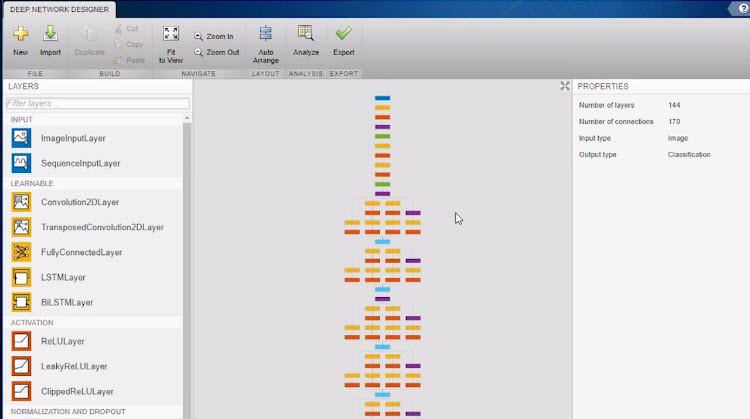
Machine Learning Simplified A Beginner’s Guide to Understanding
Embarking on the Machine Learning Journey: A Beginner’s Odyssey
Entering the realm of machine learning may seem daunting, but fear not – it’s a journey of discovery. Let’s unravel the intricacies of machine learning for beginners and demystify the art of understanding algorithms and predictions.
The Essence of Machine Learning: Beyond the Buzzwords
Machine learning isn’t just a buzzword; it’s the engine powering intelligent systems. At its core, it’s about teaching computers to learn patterns from data and make decisions without explicit programming. The journey begins by grasping the fundamentals and breaking down the barriers of complexity.
Algorithms Unveiled: Building Blocks of Machine Learning
Algorithms are the heartbeat of machine learning. These intricate mathematical constructs process data, identify patterns, and make predictions. For beginners, understanding the logic behind algorithms is like deciphering the code that empowers machines to learn and evolve.
Data, the Fuel for Machine Learning Engines
In the world of machine learning, data is king. Beginners learn to appreciate the significance of quality data – the raw material that trains algorithms. The process involves data collection, cleaning, and preparation, forming the foundation for accurate predictions and informed decision-making.
Supervised vs. Unsupervised Learning: Guided Exploration
Machine learning encompasses two major paradigms – supervised and unsupervised learning. In the former, models are trained with labeled data, while the latter involves exploration without predefined labels. Beginners navigate through these landscapes, understanding when to guide and when to let the algorithms explore independently.
Feature Engineering: Crafting the Building Blocks
Feature engineering is the art of selecting and transforming relevant data attributes to enhance model performance. Beginners delve into the creative aspect of this process, fine-tuning features to improve predictive accuracy. It’s akin to sculpting the building blocks that shape machine learning models.
Model Evaluation: Gauging Success and Learning
As beginners progress, they encounter the critical step of model evaluation. Understanding metrics like accuracy, precision, and recall becomes essential. This phase involves a continuous learning loop, where the feedback from model evaluation informs improvements and iterations.
Machine Learning in Practice: Real-World Applications
The transition from theory to practice is where the magic happens. Beginners explore real-world applications of machine learning – from recommendation systems and image recognition to natural language processing. Witnessing how algorithms impact daily life solidifies the understanding gained through theoretical learning.
The Python Playground: A Beginner’s Haven
Python emerges as a playground for machine learning beginners. Its simplicity and extensive libraries, such as TensorFlow and Scikit-learn, offer a friendly environment for experimentation. Beginners find solace in Python’s readability, enabling them to focus on the logic rather than intricate syntax.
Community and Learning Resources: Guiding Lights for Beginners
Embarking on the machine learning journey is not a solitary endeavor. Beginners discover the wealth of community support and learning resources available. Platforms like Machine Learning for Beginners offer structured courses, tutorials, and forums where enthusiasts share insights, challenges, and triumphs.
Embracing the Machine Learning Odyssey
In the grand scheme of things, machine learning for beginners is an odyssey of exploration and enlightenment.










